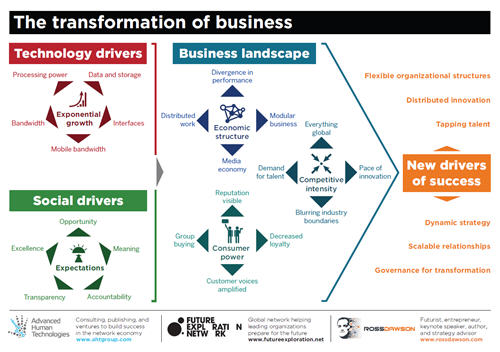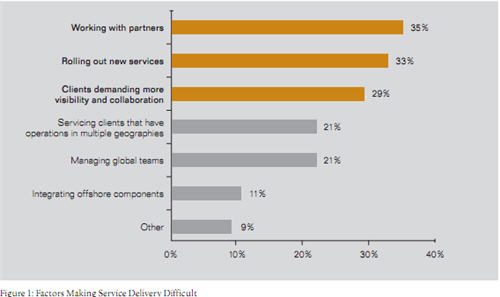Keynote: The Business Opportunities of the Future
This morning I gave the keynote at the MyBiz Expo 2011, on Business Opportunities of the Future.
I had been interviewed for the cover story of February edition of MyBusiness magazine on which industries will prosper and shrink in the decade ahead. I shared some thoughts on the blurring boundaries of industries, and some specific ideas on what sectors to delve into and avoid (on which I’ll share more in a future post).
Below are the slides from my presentation, which include discussion of emerging business opportunities as well as a detailed view of my Success in a Connected World framework. As usual, be warned that the slides are not intended to stand alone but to provide visual support to my presentation.



